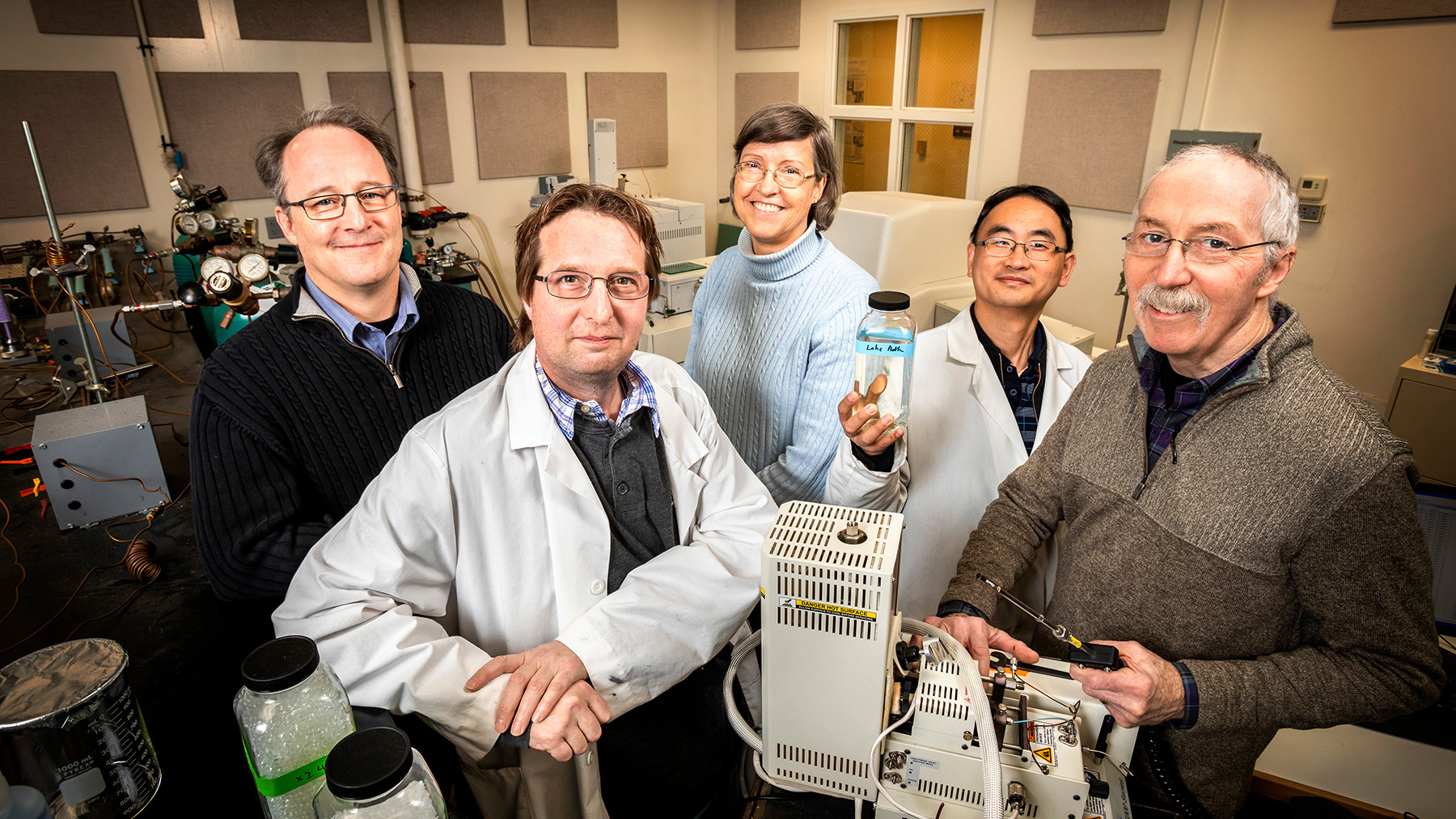
This fall, the Illinois Farm to Food Bank program wrapped up its pilot project with Rendleman and Flamm Orchards in Union County. Nearly 375,000 pounds of peaches and nectarines were distributed to food banks throughout Illinois.
Michelle Sirles of Rendleman Orchards said, “The Farmer to Food Bank Pilot was a HUGE Success. Every single person we worked with went above and beyond to make this a successful pilot year. It could not have come at a better time with the over abundance of peaches nationwide. It prevents a lot of peach dumping. It recouped farmers costs while providing fresh and healthy food for those in need. As a farmer we felt completely supported by Illinois Farm Bureau, our politicians, our state university, and our food bank partners. I truly feel this could be a shining star program for our state.”
The program also connected Roth Countryside Produce, located in Tazewell County, with a Peoria Area Food Bank agency to purchase $1750 worth of sweet corn, green cabbage, red cabbage, green beans, cantaloupe, bell peppers, green zucchini, golden zucchini, and seedless cucumbers.
Keep up to date with the program through the Farm to Food Bank Feasibility Study newsletter. If you’re a grower who wants to participate in the project, contact TAP.









